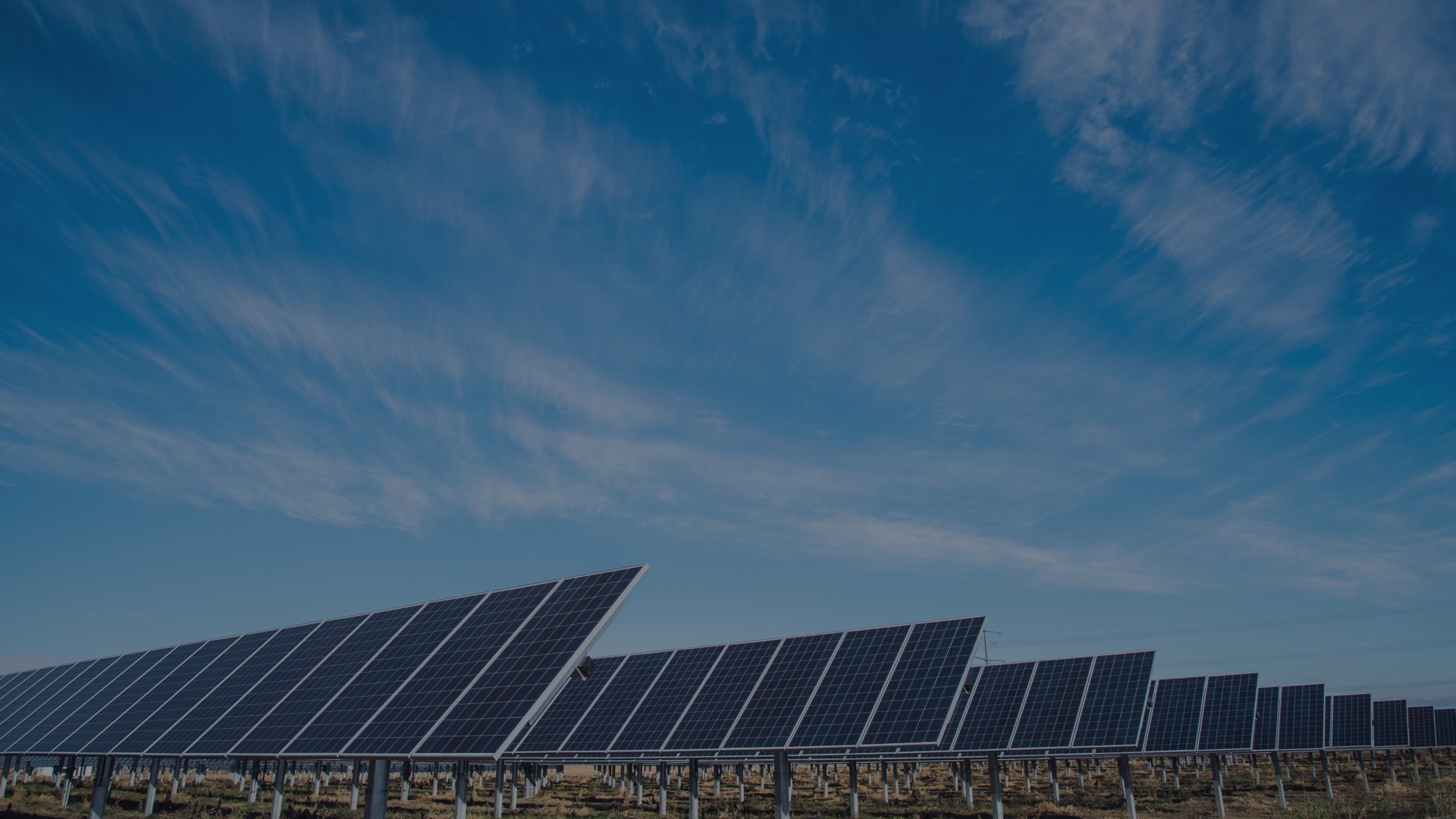The sight of 34 radio masts may be brought to the ground and replaced with solar panels at a site in Rampisham, Dorset.
The £100 million project will comprise 163,000 panels and be spread across 75 acres. The photovoltaic panels will take up a third of the 189-acre site and create about 70 full-time jobs in Rampisham.
All but three of the 34 masts that are prominent in the Dorset skyline will be taken to down make way for the scheme. The three remaining 100 metre high towers will provide telephone and TV signals, and are intended to help with wireless broadband in the future.
Solar Power Generation has applied to conduct work on the site. Business development director Giles Frampton told the Dorset Echo:
“I am really passionate about creating job opportunities in my native west Dorset. This represents a significant investment.”
On a yearly basis, the solar farm is expected to create 40MW of electricity. After the initial cost of the project, a positive ‘energy balance’ should be reached in two years' time. Once completed, the local area will benefit from money provided by the government’s feed in tariff scheme.
One of the stumbling blocks for the project may be the fact that the site is situated within an Area of Outstanding Natural Beauty, with some residents concerned about the effect it will have on wildlife habitats and the local scenery.
The masts are also described by some as ‘iconic’, but local resident of Rampisham Gillian Ford does not see the problem in the construction of the site, as long as there is no effect on animals and grazing habits.
Ms Ford said: “Although I can understand that some may feel certain nostalgia for the site, I feel this is a once in a lifetime chance to restore the skyline of this beautiful bit of Dorset,”
Speaking to the Dorset Echo, director of the Dorset branch of the Campaign to Protect Rural England (CPRE) Trevor Bevins said:
“CPRE is currently consulting members who live close to the former BBC site before submitting a formal response. CPRE does support renewable energy and as such generally welcomes sympathetic solar panel applications.”
